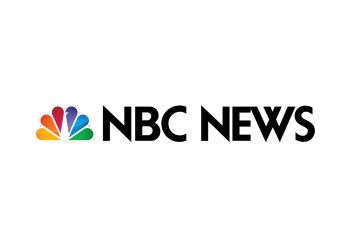Why did the CARES Act give more money to hair schools than to a community college?
Lisa Riordan Seville and Andrew W. Lehren
May 19, 2020
Why did the CARES Act give more money to hair schools than to a community college?
The reason for the disparity is the formula Congress came up with to spend the money.
After $14 billion was set aside for higher education in the Coronavirus Aid, Relief and Economic Security Act, Houston Community College and the Paul Mitchell Schools both got financial relief.
The Houston college, a public institution with nearly 60,000 students, received $28.3 million. The for-profit hair and cosmetology schools received $30.5 million, despite serving only 20,000 students.
The CARES Act money was meant to help low-income students and the schools that serve them.
An NBC News analysis found, however, that for-profit schools got proportionally more money from the aid package than the nation’s community colleges, which serve the majority of the country’s low-income students, often at a much lower cost.
Almost 9 percent of the coronavirus relief package money for higher education went to for-profit schools, NBC News found, despite the fact that they serve 5.4 percent of students.
Community colleges, by contrast, got 22 percent though they serve 32 percent of students.
The reason for the disparity is the formula Congress came up with to spend the money. In an effort to funnel aid to students most in need, it put great weight on counting full-time students with Pell grants, the federal loans aimed at low-income students. This meant for-profits did well. Those career-oriented programs tend to be time-intensive and costly, leading more students to attend full-time and to take out federal loans.


